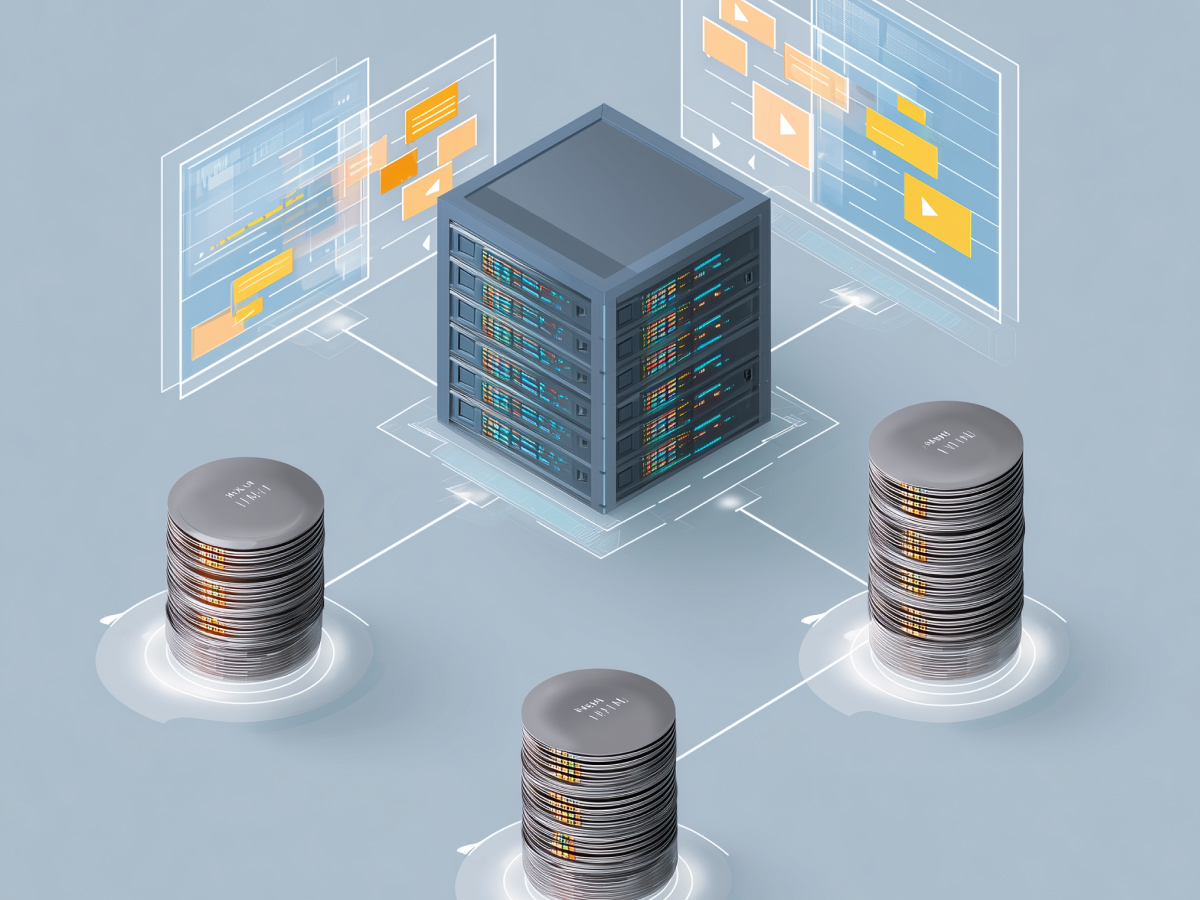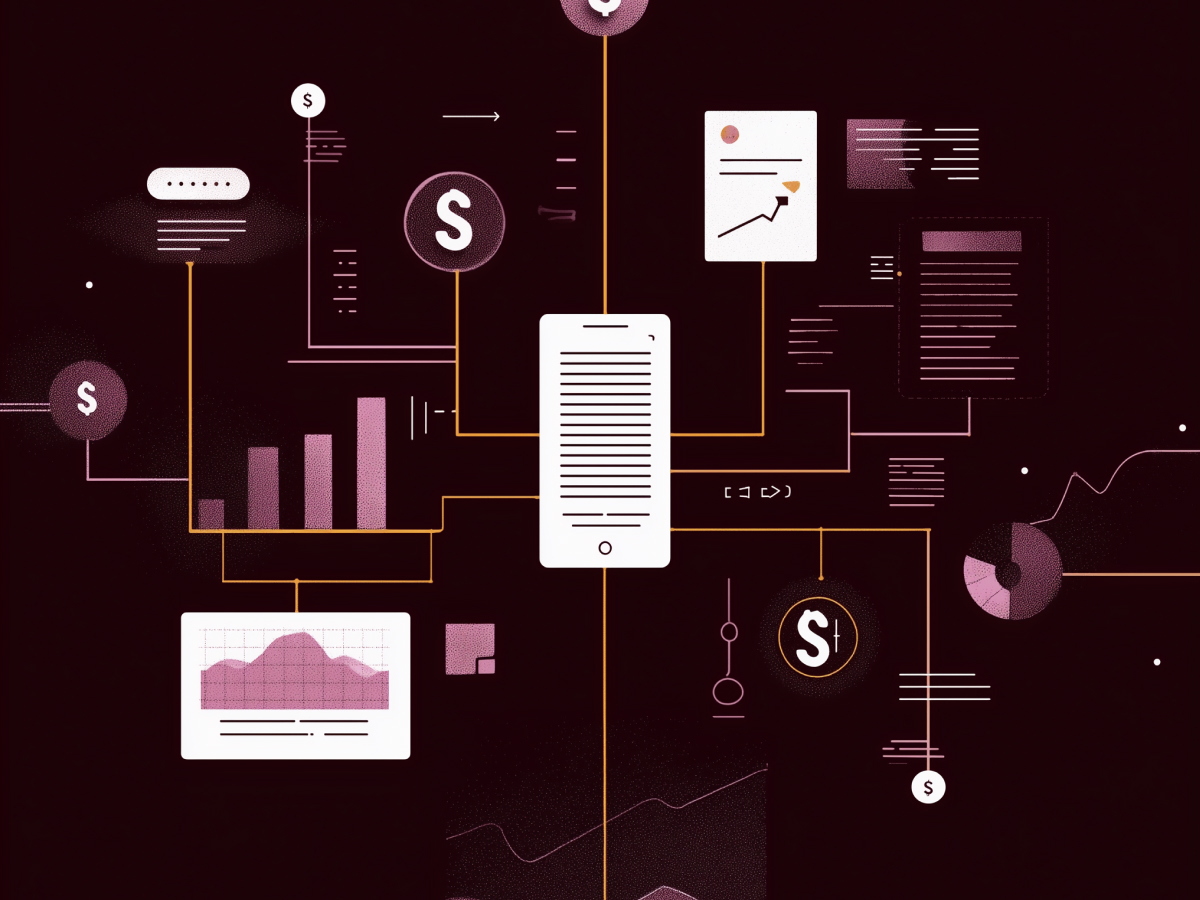GenAI as a collaborative assistant in software development
Most executives understand the pressure to deliver software faster, and with fewer errors. That’s where generative AI, and specifically, coding copilots, are already making a clear impact. These tools aren’t here to replace developers. They’re here to make them smarter, faster, and more capable. Generative AI has moved us into a new phase of software development, one driven by intelligent tools that complement human capability, not compete with it.
Today’s GenAI copilots streamline repetitive tasks, reduce friction in development workflows, and improve overall team velocity. More importantly, they allow teams to collaborate more efficiently across units by bridging communication gaps with clear, usable code and automation. This kind of AI-backed programming isn’t about getting the right answer on the first try. It’s about iterative, augmented discovery and drastically reducing the time it takes to arrive at good results.
For high-performing teams, the focus isn’t just on getting work done, it’s on turning ideas into real-world impact fast. GenAI tools do that by removing slowdowns. Bharat Sandhu, SVP at SAP Business Technology Platform, notes that GenAI is “redefining how developers work” by making development a more collaborative process. That means fewer blockers, faster feedback loops, and more time for your top talent to tackle the hard problems.
According to the 2024 AI in Software Development Report, 79% of enterprises already have up to 300 generative AI use cases in their backlogs. That’s not a trend, it’s a signal. Leaders are betting on GenAI to transform how products get built.
If you’re not deploying it yet, you should start experimenting now. If you are, accelerating adoption across your teams should be a near-term priority. This is one of those moments that defines whether you lead or lag.
Code generation as the foremost use case for GenAI
Let’s keep it simple: code generation is where GenAI is delivering the most immediate return. It’s fast, it’s improving, and it’s saving time. When developers can offload low-complexity tasks like boilerplate code, unit test scaffolding, and syntax translations to an assistant that never tires, the speed gains are obvious. But the real benefit is deeper. You’re enabling developers, especially senior ones, to focus on system-level thinking and faster feature delivery.
Right now, the most accurate use of GenAI comes from skilled developers who understand how to prompt these systems properly. This isn’t a magic wand. It’s a high-performance tool that gets better with iteration. As David Brooks from Copado explains, with proper prompting, developers are already seeing code generation accuracy reach 80%, not on the first try, but through back-and-forth refinement. That refinement process still saves time. Brooks estimates current efficiency gains at around 20%, but expects that number to rise toward 50% as the tools and user experience mature.
Angel Montesdeoca, Program Director for IBM’s watsonx Code Assistant, points out another key benefit: AI coding tools help teams modernize legacy systems quickly and train junior developers without pulling seniors off high-value work. This kind of efficiency at both ends of the talent ladder widens your operational bandwidth and allows innovation cycles to stay uninterrupted.
Let’s not ignore the broader signal here: code generation is just one application, but it’s the one nearly every dev team uses first. It’s already changing how teams architect, review, and deploy code. Leaders who invest early, guide proper training, and track measurable gains, like reduced bug rates or shortened release timelines, will compound returns quickly.
Generative AI is not replacing software engineering. It’s enhancing it. And the most productive engineering organizations in 2025 will be the ones that figured this out in 2024.
Enhanced productivity in advanced development tasks through GenAI
Generative AI isn’t just about shortcutting basic development. It’s already showing strong capabilities in higher-value engineering work. That includes prototyping applications from scratch, integrating external APIs, and breaking down large codebases that might take a developer days to fully understand. These are tasks that normally require both deep technical experience and significant time allocation. GenAI helps reduce that burden.
When developers face greenfield projects or need to modernize older code, GenAI shines in accelerating the early-stage lift, things like setting up foundational code structures, generating intermediate-level logic, or suggesting integration pathways for APIs. Matt Makai, VP of Developer Relations at LaunchDarkly, highlights this clearly. He says genAI works extremely well in application scaffolding, setting up the structure of a project so teams aren’t stuck figuring out where to start.
Zencoder founder and CEO Andrew Filev takes this point even further. He predicts that by 2025, more than 25% of production code could be AI-generated. That’s not because developers are writing less, it’s because they’re writing smarter. Using AI to clear the path means faster debugging, more efficient cross-platform migrations, and simpler modernization of outdated systems.
What decision-makers need to understand is this: GenAI reduces the cost of starting and scaling software components. It also increases the consistency and clarity of code, especially in shared or inherited projects. When development teams deploy AI for the tough coding challenges, they leave more room for innovation, speed up iteration loops, and lean into competitive product cycles.
As this capability evolves, your engineers will use it not just to write code, but to comprehend, refactor, and extend it with fewer blockers. Commercial software development is moving toward efficiency at scale, and GenAI is making advanced tasks, once limited by headcount or capacity, far more accessible.
GenAI’s transformation of DevOps practices and quality assurance
DevOps teams are starting to see real gains from GenAI, not only in coding tasks but across the testing and software quality spectrum. Time has always been the bottleneck in quality assurance, especially when it comes to managing automated tests and completing thorough code reviews. AI-supported tooling is changing that by reducing effort, error, and manual repetition in QA processes.
The 2024 State of Software Quality report identified two critical challenges: 58% of developers cited time pressure during code reviews, and 45% admitted that skill gaps slowed down test automation. Now, more than half of these teams are using AI to handle parts of code review and test generation. That’s a meaningful shift, and it’s accelerating.
Take software reliability. AI copilots can now process large volumes of code to identify logic breaks, generate documentation, and auto-suggest fixes during peer review. That reduces the cognitive load on engineers and significantly speeds up reliability metrics. Noah Borts, COO at HappyPath, notes that GenAI helps test for quality issues humans may overlook, and that has a direct impact on user experience and stability at launch.
Even in site reliability engineering (SRE), where there’s typically more skepticism about automation, GenAI is gaining ground. The 2025 SRE Report showed an increase in operational burden, or toil, for the first time in the report’s history. While only 24% of SRE respondents were eager adopters of AI, 37% are now actively investing or experimenting. This is already translating into runtime efficiencies and better support coverage.
Debo Dutta, VP of Engineering at Nutanix, explains that GenAI is helping their engineers and SREs respond faster to support cases and write better unit tests. They’re targeting a 25% gain in engineering productivity with GenAI in the loop. That kind of delta is not theoretical, it’s measurable.
What matters most for executives is this: DevOps powered by GenAI can tighten your release cycles, stabilize deployments, and reduce post-launch failures. But that only works if teams are trained, processes are structured, and results are tracked. The speed and quality gains are there. Scaling them is the next step.
Measurable productivity gains from GenAI tools
Let’s focus on results. GenAI-powered tools are already delivering measurable productivity gains across engineering teams. These aren’t light-speed breakthroughs, but they represent meaningful, consistent time savings that compound across cycles. Developers are spending less time searching documentation, less time writing low-complexity code, and less time switching contexts. That translates directly into faster iteration and higher throughput.
According to the IBM-sponsored Enterprise AI Development Report (January 2025), 64% of developers are saving more than an hour each day using AI-assisted development tools. That’s over 5 hours a week per developer, savings that free up time to tackle tech debt, explore new frameworks, or fine-tune architecture. Meanwhile, the JetBrains 2024 Developer Ecosystem Report offers a more conservative view: 59% of respondents said they saved less than 4 hours per week. Even if you align with the lower estimate, that’s hundreds of reclaimed hours per year at team scale.
This level of optimization impacts both junior and senior developers. Rob Skillington, CTO and Co-Founder of Chronosphere, reports that autocomplete alone can reduce time spent searching documentation by about 20%. While this doesn’t eliminate the need for in-depth technical research, it makes small tasks faster. On the high end, senior developers benefit by offloading routine logic to AI and focusing energy on system design, architecture, and framework evolution.
Mike Rinehart, VP of AI at Securiti, emphasizes that generative AI enables senior engineers to invest their effort where it matters most, deep code structure, platform integrity, and long-term maintainability. Noah Borts at HappyPath adds to this by pointing out that AI-driven productivity unlocks more time for innovation and internal mentorship. Those are high-leverage activities that improve team performance long-term.
The takeaway here is clear: even modest time savings from generative AI stack up fast across sprints, quarters, and fiscal years. Building repeatable processes around AI tools, while setting targets and tracking usage, is how these efficiency gains translate into real business outcomes.
Balancing AI efficiency with safeguards against risks
Generative AI moves quickly, but that speed brings new risks if left unchecked. Code quality, security, and long-term maintainability can all degrade when leadership treats AI-generated output as final rather than a starting point. Productivity gains must be matched with quality assurance strategies, strong review practices, and clear standards for accountability.
Andrea Malagodi, CIO at Sonar, put it succinctly: code reviews and analysis remain critical. AI doesn’t remove responsibility from developers, it raises the expectations for review and validation. Without proper oversight, teams risk shipping flawed or insecure code and accumulating more technical debt than they reduce. Malagodi recommends that organizations commit to a “trust and verify” approach, treating AI like a co-pilot, not the pilot.
There’s also a business performance lens to consider. Performance improves when dev teams are empowered to experiment, but aesthetics, user experience, and innovation can suffer when too many outputs default to generic AI-derived conventions. Bogdan Raduta, Head of AI at FlowX.AI, warns against the trap of creating uninspired software that lacks differentiation. While GenAI tools can generate functioning applications faster, it’s still up to humans to ensure those applications meet real user needs and brand standards.
For executives, the path forward is clear: integrate GenAI into your development lifecycle, but set clear guardrails. Train teams on safe usage. Define what “good” looks like when AI is involved. Establish metrics early, track code reliability, defect rates, and user experience consistently.
Generative AI doesn’t replace discipline in engineering. It gives your teams more leverage, but only if you’re precise about how you use it. The goal is to move faster, without sacrificing quality or character. That requires leadership, not automation.
Key takeaways for decision-makers
- GenAI boosts team agility and speed: Leaders should accelerate GenAI adoption across engineering to unlock faster delivery, better collaboration, and increased developer capacity without expanding headcount.
- Code generation delivers immediate ROI: Prioritize GenAI use for code generation to cut development cycles and free engineers to focus on high-impact architectural and product work.
- Advanced tasks are now scalable: Deploy GenAI to support prototyping, API integration, and legacy system modernization, reducing complexity, increasing consistency, and accelerating technical execution.
- QA and DevOps get a precision upgrade: Integrating GenAI into quality assurance and reliability engineering streamlines test automation and speeds up reviews; investment here directly improves software stability and user experience.
- Productivity gains compound over time: Even modest time savings from GenAI deliver significant annual value; track and scale usage to maximize returns across your engineering teams.
- Speed without safeguards creates risk: To protect code quality and preserve innovation, executive teams must implement clear accountability structures, training, and performance metrics alongside AI tooling.





